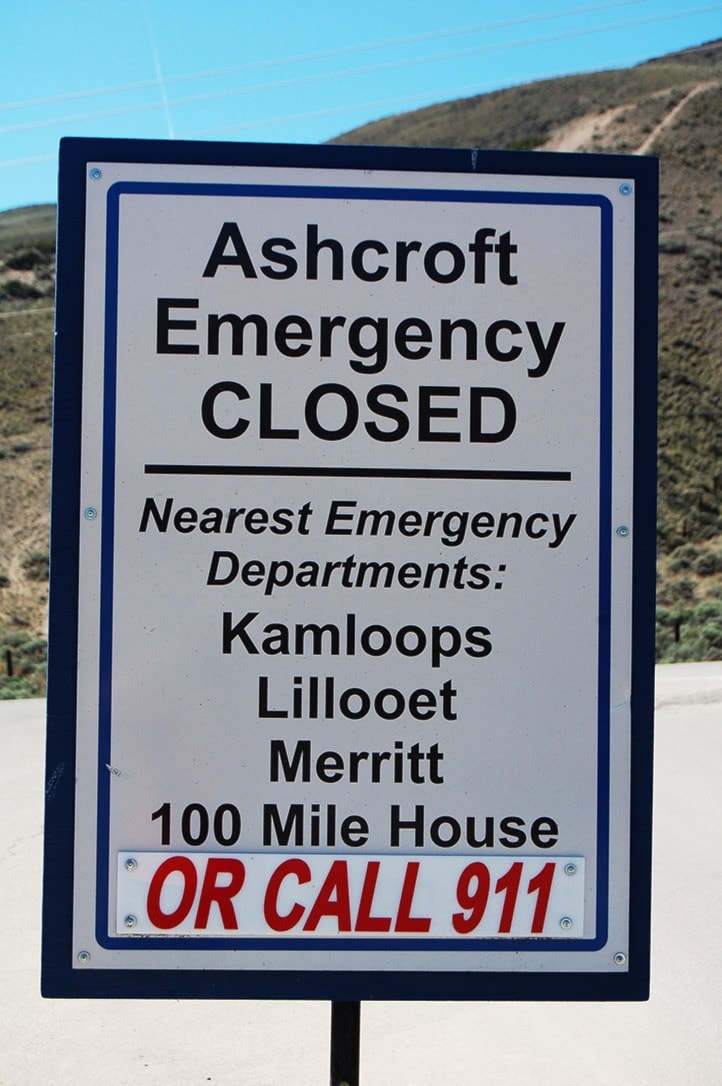The all-party select standing committee on health recently released a report surveying health care around the province, and containing 59 recommendations focusing on rural health care, interdisciplinary teams, and addiction recovery programs.
The committee was made up of 10 provincial MLAs from the two main parties. Between March 31 and July 12, 2016 they held 12 public meetings around the province (including one in Kamloops), heard 64 presentations, and received and reviewed 211 written submissions.
One of the three main areas of inquiry asked “How can we improve health and health care services in rural British Columbia? In particular, what long-term solutions can address the challenges of recruitment and retention of health care professionals in rural British Columbia?”
The report notes that B.C.’s rural population is dispersed over a vast and varied geography, which presents a “significant challenge” in the delivery of health care services. Access to quality health care services in rural, remote, and isolated communities was a recurring theme during the inquiry, with presenters noting that many communities are under-resourced for a number of health care services.
Although people understand that not all services, particularly specialist ones, can be offered in a rural environment, concerns were raised about under-resourcing of many services in rural communities. Access to home care, assisted living, and residential care for seniors in rural areas was also a common theme, as was the lack of trained health care professionals in many fields, and the need to encourage more people to take up a career in health care to address these shortages.
In a presentation to the committee, Ashcroft’s Ron Hood—speaking for the Ashcroft and Area Community Resources Society—addressed what turned out to be another common theme from rural residents: the fact that the decision-making processes around health care did not account for their voices and perspectives.
“The problem … began with the creation of the super regions,” said Hood. “There are lots of compelling reasons for that super region, of course, but what happened as a result of them is they took the rural communities completely out of the picture. All of the decision-making and planning was centralized into a few small or a few urban centres.” As a result, the report notes, rural residents feel that health care service delivery in their communities lacks a clear understanding of local issues.
Among the report’s recommendations regarding rural health care and recruitment are to expand access to health care in rural, remote, and isolated areas with a full suite of health care services; support aging in place through increased home support and assisted living and residential care spaces; increase the use of alternative models of health care, such as travelling diagnostic and screening clinics, mobile health units, and expanded use of nurse practitioners; accelerate the qualifying and approval process for integrating foreign-trained health care providers to work in B.C.; and broaden opportunities for communities to collaborate with health authorities to identify local needs and concerns, and develop solutions through mechanisms such as community advisory committees.
The complete text of the report, entitled “Looking Forward: Improving Rural Health Care, Primary Care, and Addiction Recovery Programs”, can be found online at https://www.leg.bc.ca/cmt/health.
